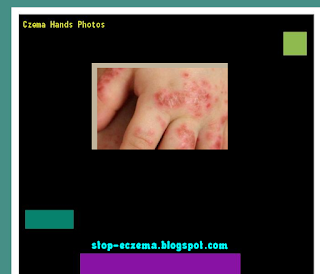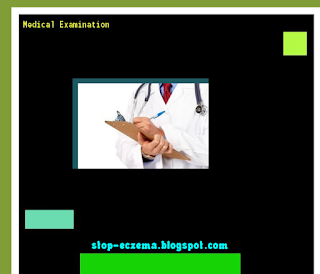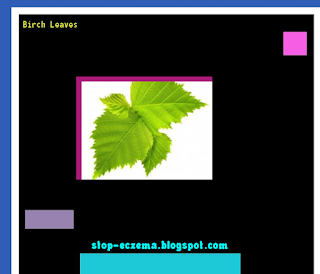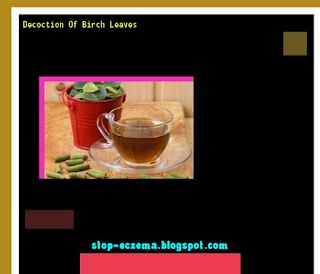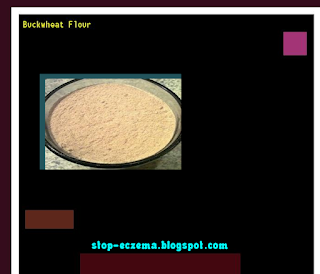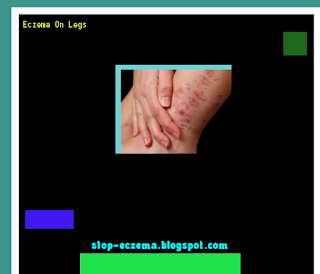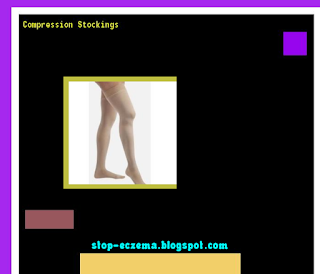Despite the high regenerative properties and the ability to recover quickly, the skin is quite vulnerable to external influences and internal factors, which include the functioning of organs and their systems. Skin diseases are the most extensive group of dermatological pathologies and are often accompanied by irritation, peeling, rash and other typical signs.
One of the most common inflammatory skin diseases is eczema. The pathology has a pronounced symptoms: burning, itchy spots, rash, peeling. Eczema is not contagious to others, but the patient gives a lot of unpleasant sensations, including psychological discomfort, as the skin with spots and rashes (especially when wet eczema) looks unattractive and repels others. Treatment of the disease may include the use of glucocorticoid hormones, which have many contraindications and can cause undesirable side effects, so the treatment of eczema on the hands of folk remedies is very popular among all categories of patients.
Is it possible to cure the disease by home methods?
Eczema is a serious disease with a high probability of recurrent course. The most typical localization of the pathological process are the hands, but inflammation can take a generalized form and affect large areas of the skin, located on different parts of the body. Any form of eczema are dermatitis-a large group of skin inflammatory processes, most often having an allergic nature and developing under the influence of certain pathogens. This classification determines the principles and tactics of treatment, which should be comprehensive and include not only the correction of behavioral habits and regimen, but also drug therapy.
Home medicine can only be a Supplement to the basic treatment prescribed by a doctor. Many recipes are quite effectively cope with microbial, mycotic and seborrheic eczema, but they affect mainly on the symptom without eliminating the cause of disease, resulting in repeated relapses and various complications, such as secondary infection of the inflamed tissue.
To achieve sustained remission and speed recovery, it is important to follow these guidelines.
- To avoid unrest, worries, emotional upheaval. If you can not cope with stress on your own, you can take drugs with sedative action ("Persen", "Afobazol", "Valerian medicinal"). In some cases, you may need the help of a psychologist.
- Exclude from the diet all products with a high index of allergenicity. The most popular food allergens are: cow's milk, fish, nuts, bee products (honey, Perga, propolis), citrus crops.
- All household chores should be done with gloves, and only hypoallergenic detergents and powders should be used for washing and cleaning.
Eczema refers to immunopathological diseases, therefore, simultaneously with the treatment it is necessary to perform a set of measures aimed at strengthening the immune system. In the absence of contraindications, it includes hardening, gymnastics, sufficient motor activity, water treatments and walks in the fresh air. When poor nutrition or metabolic processes, leading to a deficiency of mineral salts and vitamins, shows the reception of complex vitamin and mineral supplements ("Pikovit", "Alphabet", "Complivit"). It is better to choose complexes in which the tablets are white, so as not to aggravate the course of the disease by additional exposure to aggressive dyes.
Pay attention! In some cases, to achieve stable remission, the patient is shown examination and treatment of concomitant diseases, since most of the recurrent cases are diagnosed in patients with diseases of the digestive tract and renal system.
| Age group |
The frequency of diagnosis of eczema |
| Newborns and children of the first year of life |
Rarely (mainly as an allergic reaction to drugs or congenital pathology). |
| Children from 1 to 7 years |
The incidence is moderate. The disease in this category is mainly associated with the food regime. |
| Children and adolescents from 7 to 18 years |
Rarely. |
| Adults |
Often. |
| Older people |
Very often. |
Treatment with birch leaves and buds
Birch-this is the most common Northern tree, which refers to deciduous trees and shrubs. Few people know that the leaves, bark and buds of young trees contain a huge amount of antibacterial and antimicrobial components, as well as useful acids and substances that promote rapid healing of the skin, improve its regenerative properties and increase protective functions. Use for the treatment of eczema can only young leaves collected until mid-June, as the concentration of useful elements in this period is the highest.
Lotions
For lotions it is necessary to prepare a strong infusion. This is usually used the kidneys, but a good result can be achieved by using branches and leaves: 100 raw materials, pour 200 ml of boiling water, cover it and store it in a dark place for 2 hours. In the resulting infusion, moisten the gauze pads abundantly and apply them to the affected areas for 20-30 minutes. To do such lotions need 3-4 times a day for four weeks.
Broth
A decoction of birch leaves is a universal remedy for the treatment of eczema. To prepare it, you need 300 grams of raw material to pour 500 ml of boiling water and cook at a minimum temperature of about 25 minutes. You can use the broth immediately after it cools down, but for the best result you should insist it 40-60 minutes – so vitamin and mineral composition of the product will be more saturated.
Use the medicine from birch is necessary according to the following scheme:
- on the morning and on the evening to do lotions (keep on 10-15 minutes);
- during the day, periodically rinse your hands with prepared broth or just wipe them (up to five times a day);
- 2 times a day to drink 70 ml of broth on an empty stomach.
It is necessary to adhere to such a scheme for 2 weeks. During this time, itching and burning decrease or disappear completely, and the spots become a few tones paler.
Birch ointment
This ointment allows you to stop the symptoms of the disease in just 10 days, so people with chronic eczema should have this recipe in a piggy Bank of methods of non-traditional therapy of skin dermatitis. Preparing the ointment is as follows:
- 80 grams of birch leaves to wash, grind and fold in a glass container;
- melt the butter briquette (about 180-200 grams) and add it to the leaves;
- add 10 drops of fir oil;
- all thoroughly mix and remove the refrigerator for a day.
Ointment should be rubbed into the affected areas 4 times a day for 10 days. Products for the preparation of funds have reduced hypoallergenic properties, so this treatment is usually tolerated very well.
How to treat wet eczema?
Wet eczema (it is also called true eczema) is a severe inflammatory process in the upper layers of the dermis, accompanied by the formation of wet spots (blisters, from which exudate is released). Pathology is prone to frequent relapses and complicated course, so it is important to have on hand tools that will help to quickly cope with unpleasant symptoms.
 |
| Wet eczema is an infectious disease on the skin, manifested in children and adults at any age, mainly after 40 years. |
Milk compresses with greens
About 60 grams of fresh parsley (can be replaced with coriander) to grind and pour 250 ml of whole or pasteurized milk. Put on a slow fire and cook for at least 10-12 minutes. In the cooled milk broth dip gauze bandage and without pressing it, apply to the inflamed area for 30 minutes. The duration of treatment is three weeks (2-3 times a day), a noticeable relief occurs after a few days of use.
Juniper oil
Juniper oil and many other coniferous shrubs contain a large number of antimicrobial components, so it is well suited for the treatment of microbial and wet eczema with signs of secondary infection. Apply it 4 times a day, gently smearing the spots and blisters with a cotton swab moistened with slightly warmed oil. In the absence of allergies and positive dynamics of the procedure should be repeated for two weeks in a row.
Cream of wheat
Pork lard (it is better to take boiled) to melt the fat – it should be about 4 tablespoons. In warm smalets add 2 teaspoons millet millet and a few drops of any vegetable oil of good quality. Mix and refrigerate for 20 hours. Apply this ointment should be 2 times a day. Duration of treatment - from 1 to 4 weeks.
Buckwheat compresses
A very good result is the use of buckwheat compresses. They quickly relieve inflammation, soothe irritated skin, saturate the skin with useful elements, increasing the local immunity of the epidermis. To prepare such compresses, it is necessary:
- 2 tablespoons buckwheat flour mix with the same amount of water;
- add a spoon of milk and 5 drops of olive oil;
- mix thoroughly to obtain a uniform consistency.
The minimum number of procedures per day should not be less than two. If possible, it is better to make compresses 3-4 times a day – this will help to quickly relieve pathological symptoms and improve the condition of the patient. The full course of therapy is 2 weeks.
Quick help with eczema: how to cope with itching in 10 minutes?
People suffering from various forms of eczema know that the most painful and unpleasant symptom of the disease is skin itching, accompanied by burning and strong tingling. Sometimes the intensity of itching reaches such high values that the patient is deprived of the opportunity to do the usual things. In such cases, it is necessary to know what means at hand will help to alleviate the condition in just 10 minutes without harm to health and side effects.
Packs of yogurt or kefir
For this procedure it is necessary to take natural (white yogurt) with a maximum fat content – usually it is 6%. Kefir is also better to choose a fatter-not less than 3.2% fat - because fatty dairy products are faster to cope with inflammation and symptoms of irritation. Kefir should be applied to the surface of the hands with gauze or cotton swab and leave for 10 minutes, then rinse with warm water and apply a greasy cream.
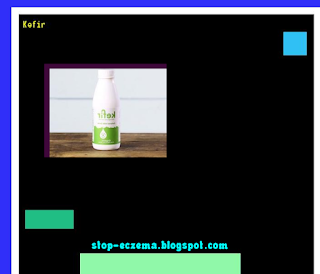 |
Pay attention! This recipe is not suitable for people with fungal eczema, as any fungi multiply perfectly in the dairy environment. |
Bath with chamomile and salt
This bath will help to quickly soothe the skin, as well as provide disinfection of the skin to prevent secondary infection. It is very simple to prepare: dissolve 100 grams of natural sea salt in 1 liter of chamomile broth. Keep your hands in this bath need 10 minutes. Relief comes immediately after the first procedure.
These methods-a great addition to the medical treatment of eczema, but they do not replace traditional therapy, so rely only on traditional recipes is not necessary. Treatment should be comprehensive – the only way to achieve rapid and stable results and long-term remission.

